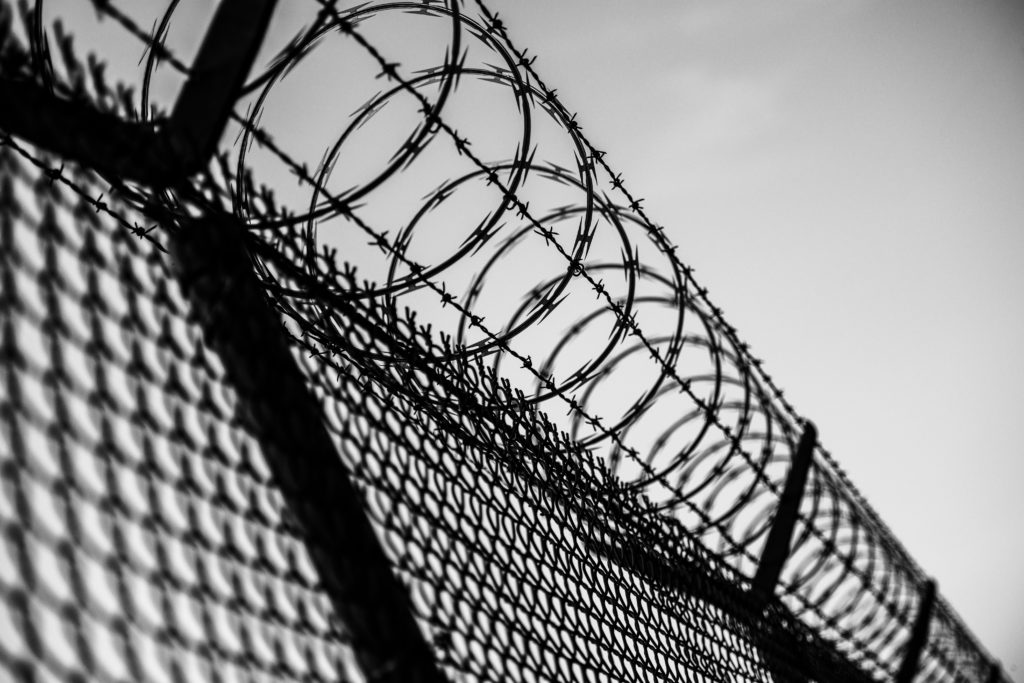On December 23, President Biden signed a new law that bans all imports from Xinjiang. Specifically, the new law establishes a rebuttable presumption that any product from Xinjiang was made using forced labor. Some observations:
1. Not Just a Xinjiang Problem
We have repeatedly pointed out in these pages that even a total ban on Xinjiang-made products would not properly address Xinjiang’s forced labor problem. This is because people from Xinjiang do not only face forced labor conditions within Xinjiang’s borders: They also work under conditions of forced labor at locations elsewhere in China.
The new law addresses this by also prohibiting the importation of goods made by entities that work with the Xinjiang government “to recruit, transport, transfer, harbor or receive forced labor or Uyghurs, Kazakhs, Kyrgyz, or members of other persecuted groups out of [Xinjiang].” This means that a company that brings Xinjiang laborers to work at a facility in, say, Shenzhen or Shanghai will be treated as if it was making its products in Xinjiang.
Importers of China-made products can no longer comfort themselves by saying, “well, my supplier’s factory is not in Xinjiang.” Compliance risks for companies sourcing from China have heightened considerably with a stroke of Uncle Joe’s pen.
2. Good Luck Rebutting the Presumption
Importers can rebut the presumption if United States Customs and Border Protection (CBP) determines “by clear and convincing evidence” that the product was not made using forced labor. But how can an importer demonstrate that?
One does not need to know much about CBP’s investigative methods to figure out that an assurance from a Chinese company that it does not use forced labor will not count for anything. After all, how would they even admit to something their government says does not happen in China.
For companies that get caught up in CBP’s dragnet, the agency will likely require third party audits. CBP is very selective when it comes to accepting third party reports, and it is hard to see how respectable audit companies will be up for the work.
Imagine a situation where an audit team visits a facility in China as part of a forced labor compliance effort. If the team finds evidence of forced labor, reporting those findings will place the audit team and the company at serious risk. Knowing this, even scrupulous auditors might stop looking for the forced labor they cannot report.
At the same time, audited companies face grave risks. Chinese authorities may not take kindly to efforts on the part of local companies to play by the new U.S. rules.
This all of course assumes that the product in question was not in fact made using forced labor. Unfortunately, there are many U.S. importers who really have no clue as to whether forced labor is involved in the manufacture of their products.
3. Third Country Products May Also Be Banned Under the New Law
While the new law bans all imports from Xinjiang, CBP has already been looking at specific Xinjiang products, such as cotton and tomatoes. In that context, the agency is also looking at products made in third countries using components made in Xinjiang.
Importers should expect that enforcement focus to intensify. In practice, this means that sourcing from a manufacturer in Southeast Asia might not make the Xinjiang heat go away. Any China element in the supply chain gives rise to risks under the new law.
4. Next Up: The Rest of China
Back in October 2020, we warned that “any company manufacturing in China is at risk of getting entangled in the widespread use of Uyghur forced labor by Chinese companies.” Just over a year later, the warning not only holds, but the risks have extended to companies manufacturing outside of China, if they have exposure to China in their supply chains.
It has been clear for quite some time now that importing products from Xinjiang is reckless. Now the U.S. government is saving importers from their own mistakes, by basically illegalizing the import of Xinjiang products. But the new law makes clear that Xinjiang as a geographical location is only part of the problem. The USG now moves to a new phase, though what that new phase looks like remains to be seen. One possibility is that, as imports from Xinjiang dry up, USG interest on the issue begins to wane. Alternatively, the interest might remain, with increased focus on products made elsewhere in China, and beyond.

























